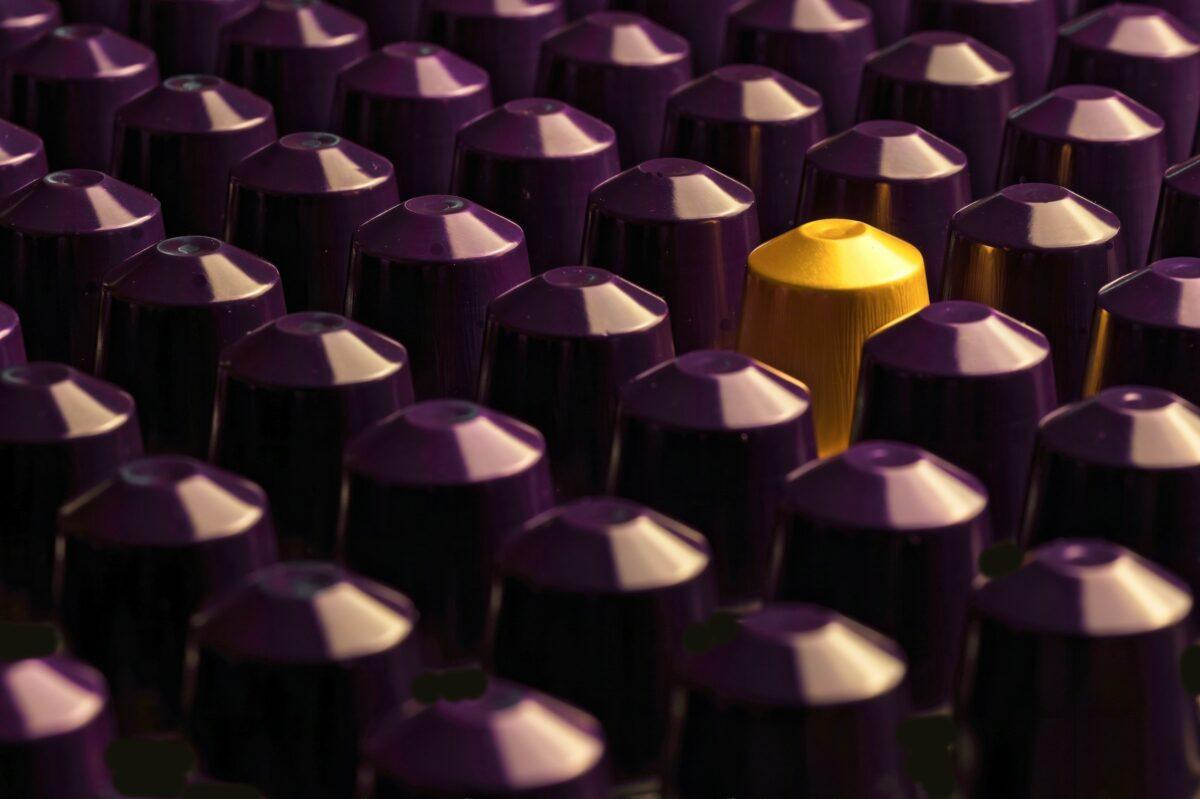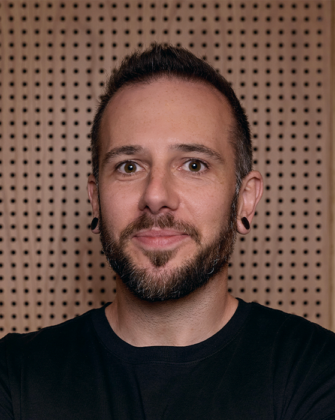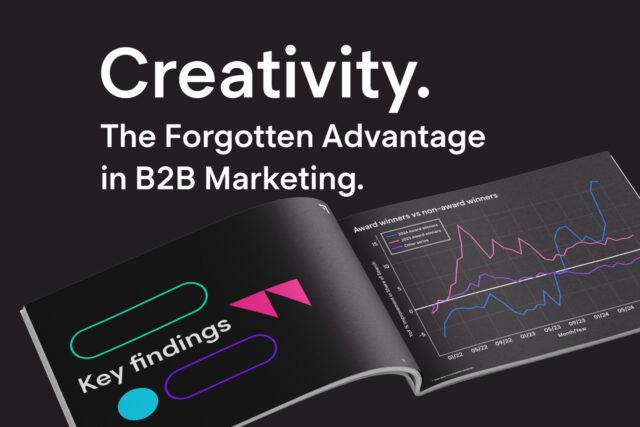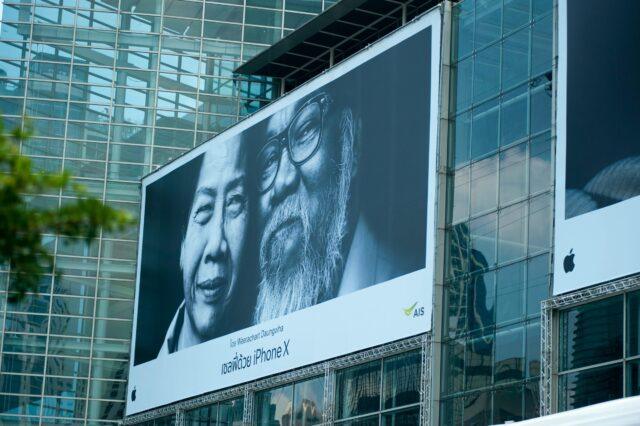The proliferation of AI-driven creative tools such as Google Ads’ Asset Studio, Meta Advantage+ creative and countless third-party applications has transformed how paid media is executed. Automation now allows any advertiser to produce more creative, more quickly and easily than ever before.
AI has now democratised professional-quality creative production, giving smaller businesses access to capabilities once reserved for major brands. But large advertisers are also capitalising on this shift.
However, when every brand uses the same machine-led playbook, human creative direction is now more vital than ever. The best results still rely on human direction – on creative judgement that decides what’s distinctive, what’s relevant, and what’s emotionally resonant.
Are we really paying attention?
Advertising is the business of attention, yet attention itself has become incredibly scarce. Research from VCCP found that 85% of ads hold attention for less than 2.5 seconds. That’s all the time most advertisers have to make an impression, which is incredibly difficult to do in a digital feed.
With attention fragmented across endless platforms, creative quality determines whether a brand is seen, understood, and remembered.
The sea of sameness
Scroll through any ad platform today and you’ll find a familiar landscape: similar imagery, near-identical calls to action, and tone that’s as safe as it is forgettable. The LinkedIn B2B Institute refers to this as the “sea of sameness” – where brand codes converge and differentiation collapses.
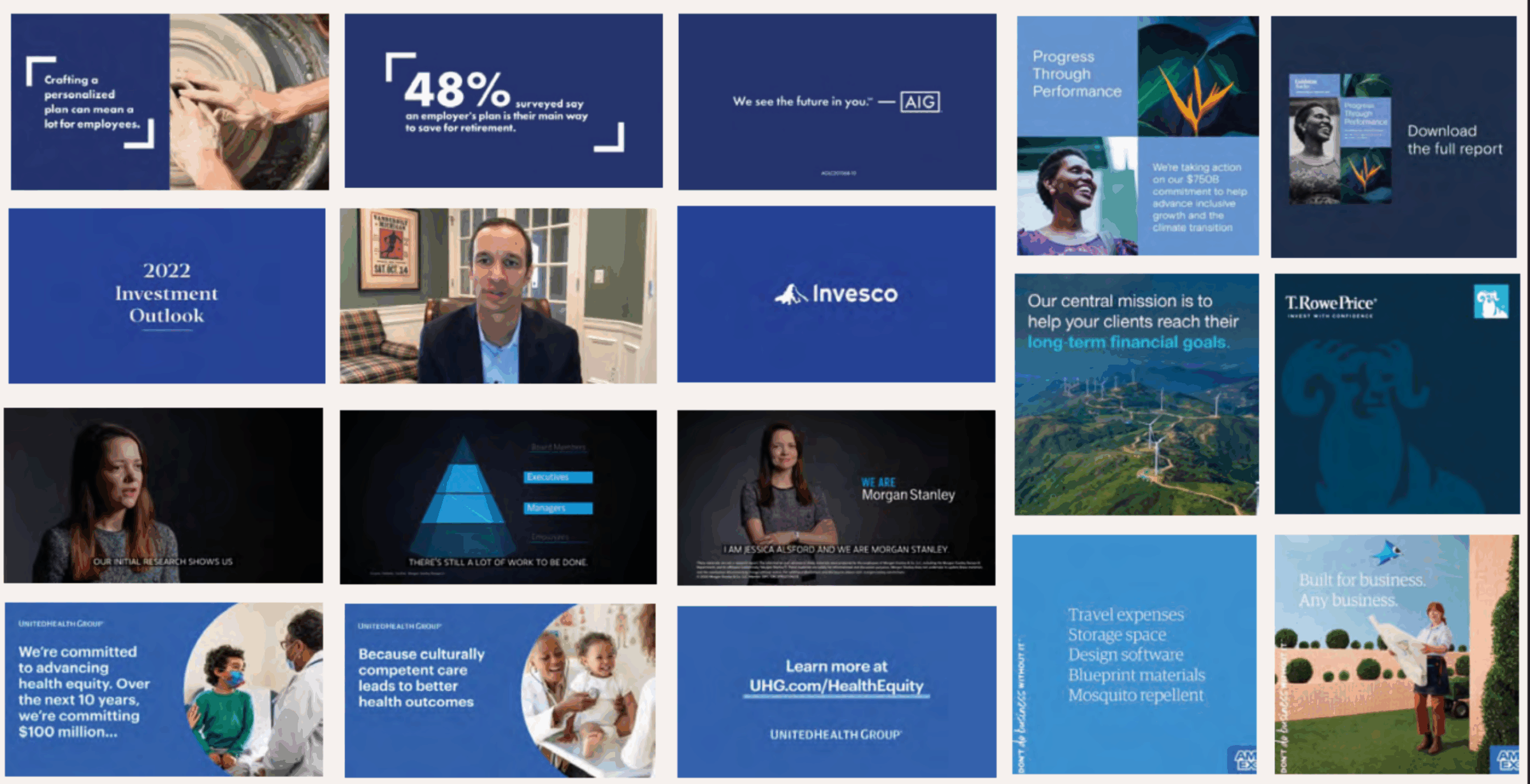
In a recent study, LinkedIn found that 81% of B2B ads fail to capture sufficient attention or build memory. Even more tellingly, when audiences were shown ads from competing cloud software brands, most couldn’t identify which company the creative belonged to – with many assuming it came from Microsoft or another dominant category player.
Therefore, if your ads look like your competition, they have a high chance of being misattributed to the largest brand in your category!
In The Extraordinary Cost of Dull, System1 quantified this impact. They found that ads in the bottom 50% for creative distinctiveness required up to 2.6x more media spend to achieve equivalent short-term sales outcomes as those in the top 50%. In other words, bland ads cost more to achieve the same results.
This is the hidden cost of blending in.
Why B2B brands struggle more
B2B marketers face a unique constraint: risk aversion. The phrase “nobody got fired for buying IBM” is a good way of describing the typical creative approach for most B2B brands, who tend to have a preference for rational messaging, corporate tone and polished minimalism. This often leads to creativity that’s strategically sound but emotionally lacking.
Yet the evidence shows that emotion is the key driver of effectiveness. The IPA’s Long and Short of It study demonstrated that emotional campaigns outperform rational ones in driving long-term growth by a factor of two.
So how then can B2B brands look to stand out from the crowd?
1. Start with emotion, not information
Most ads are built to explain. The best ones are built to make people feel something.
Daniel Kahneman’s Thinking, Fast and Slow provides a useful lens for understanding why emotional advertising performs better than rational, feature-led creative.
He distinguishes between two modes of thinking: System 1, which is fast, intuitive and emotionally driven, and System 2, which is slower, deliberate and analytical.
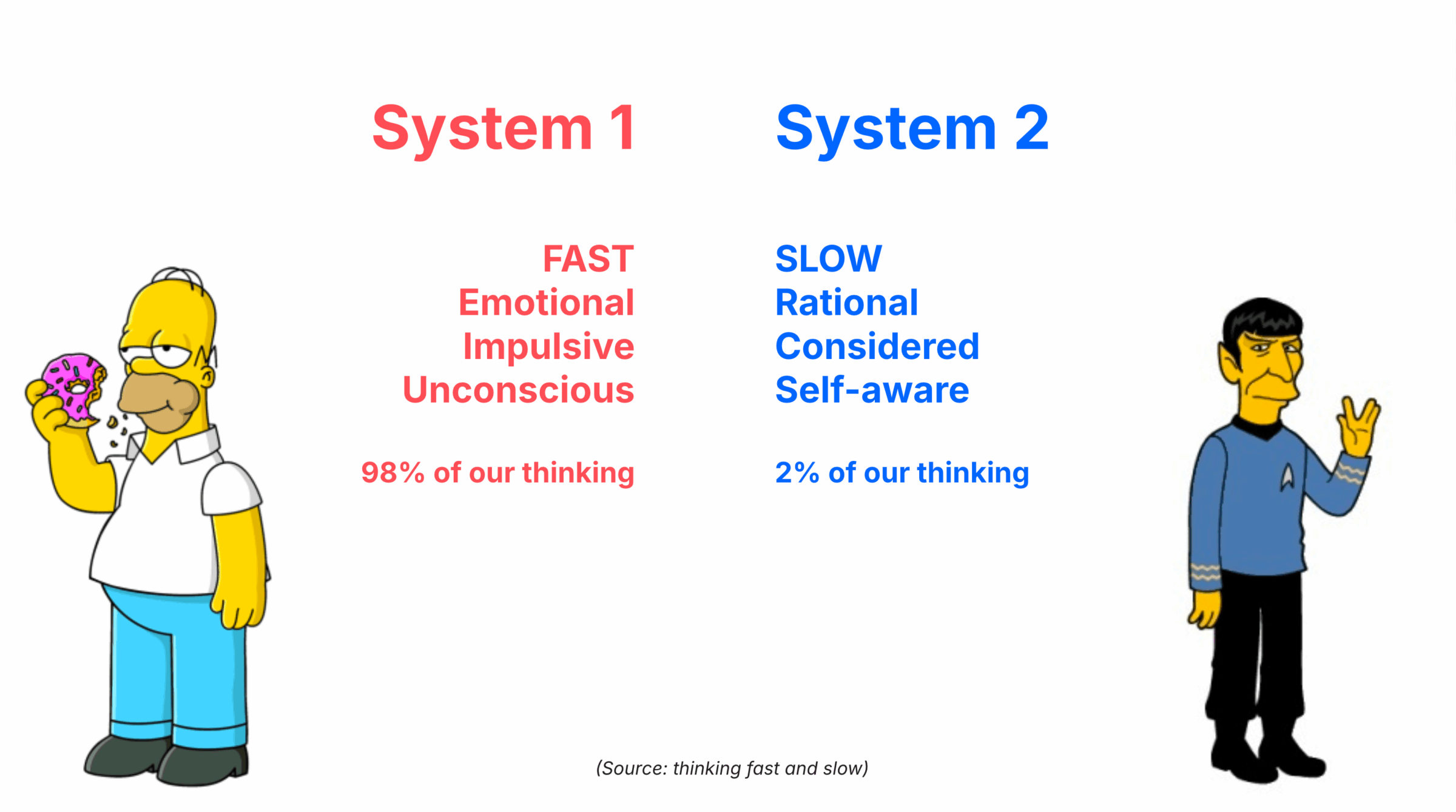
Most advertising operates in the realm of System 1, where decisions are made instinctively rather than logically. This means ads that appeal to feeling – humour, empathy, excitement, familiarity, are processed fluently and remembered more easily.
Rational, information-heavy messages, by contrast, demand System 2 effort and are often ignored or forgotten before they can persuade. In short, if your ads don’t engage the fast brain first, the slow brain may never even show up.

2. Break category codes
Every industry has its norms. The fastest route to attention is to challenge them.
The Von Restorff effect – the psychological principle that distinctive items are more likely to be remembered – is a useful principle to be aware of and should be applied directly to advertising.
When every ad looks the same, the ads that break convention earn attention. This is a concept known as contrarian positioning – doing the opposite of the category to stand out.
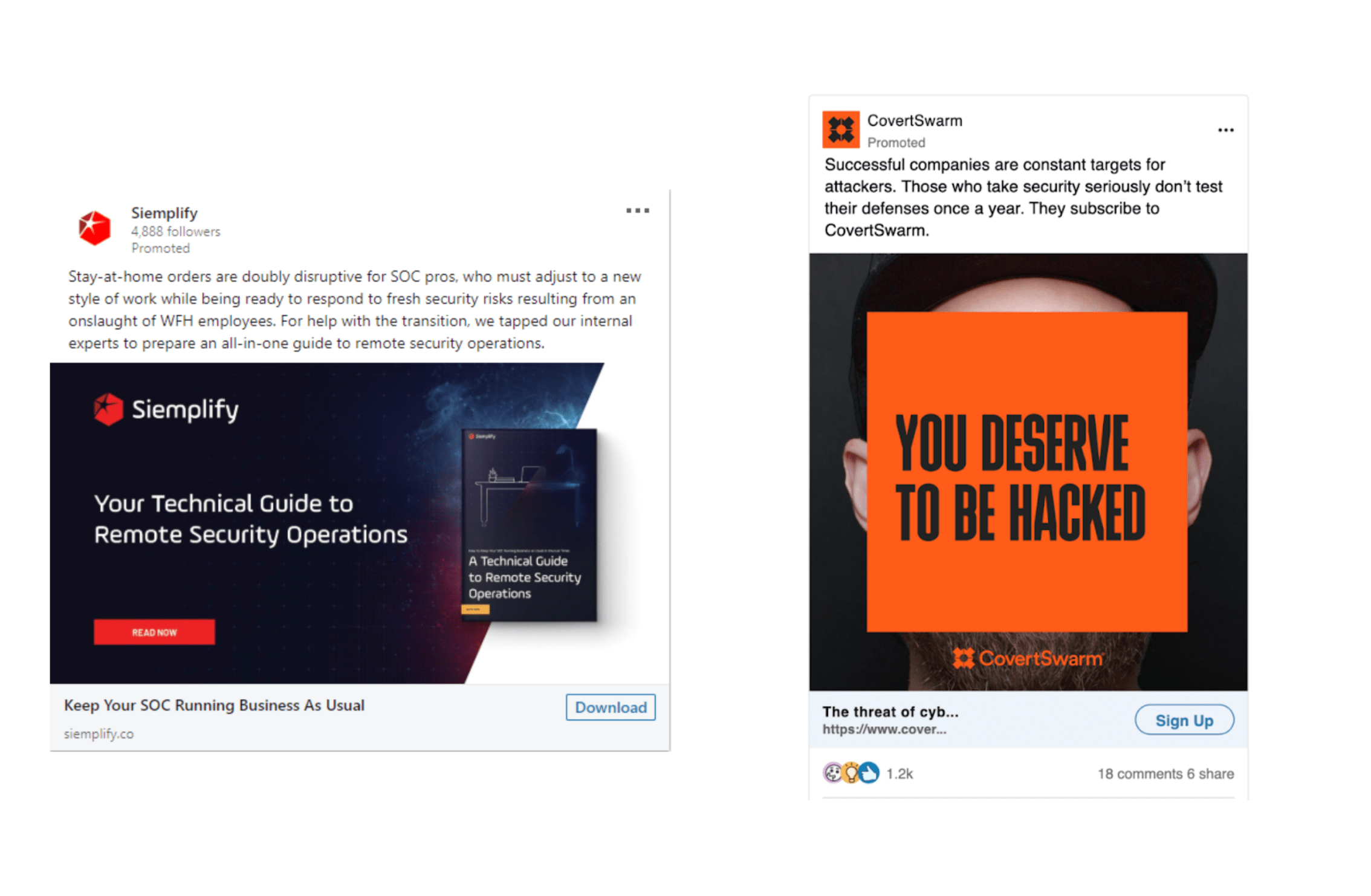
However, before you can differentiate, you need to know where you’re blending in. So before going ahead and developing your creative, lean on tools such as Meta’s ad library to assess the visual similarity across your competition.
3. Codify your distinctive assets
Distinctive assets – your colours, icons, sounds, and recurring motifs – are what make your brand quickly recognisable.
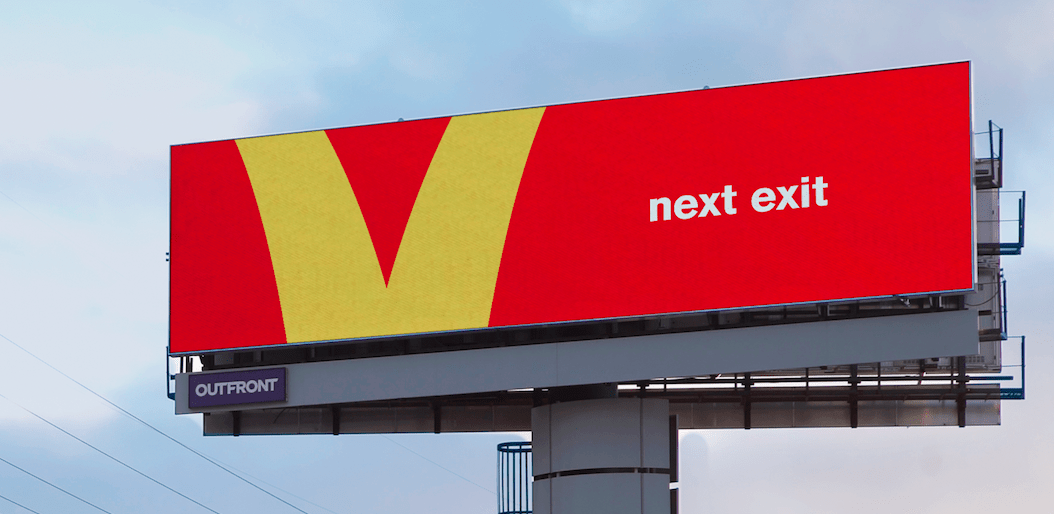
The rule of thumb here is to brand early and often in your ads to avoid the misattribution problem we touched on earlier.
Indeed, a System1 study found that well-branded creative delivers 2.5x stronger ROI per second of attention than unbranded content. Even in short-form environments, those cues create instant familiarity and trust.
If viewers can’t identify your brand within two seconds, revisit your assets and ensure they can.
4. Build creative consistency
Consistency is the compound interest of marketing. The System1 x IPA “Creative Consistency” study found that brands using the same cues and tone across campaigns achieved up to 50% greater effectiveness than those that changed their creative approach too frequently.
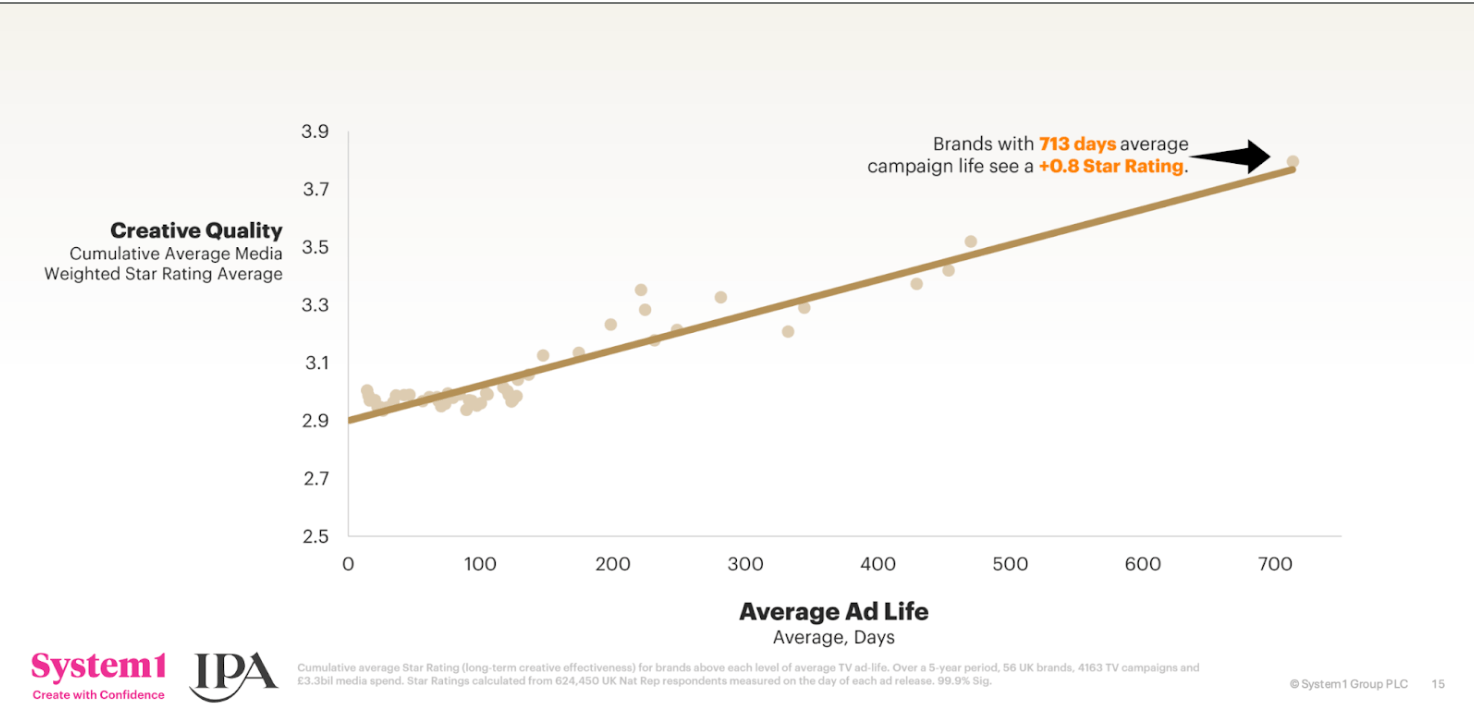
This doesn’t mean you can’t refresh your campaigns on a regular basis, but the underlying creative platform and distinctive assets must remain consistent over a long period to achieve creative success. With the best results being achieved by brands who have remained consistent for almost 2 years by repeatedly exposing audiences to the same distinctive cues.
The strategic shift ahead
AI has made producing content easier. But it’s also made standing out harder. Distinctive creative is now the most reliable driver of efficiency, memory and growth. When you move from “safe” creative to truly distinctive work, you don’t just improve click-through rates – you build mental availability that compounds over time.
Distinctive creative:
- Wins more attention at lower cost
- Builds stronger recall and preference
- Reduces long-term acquisition costs
If your ads look like everyone else’s, the algorithm isn’t your problem. Your audience’s indifference is.

